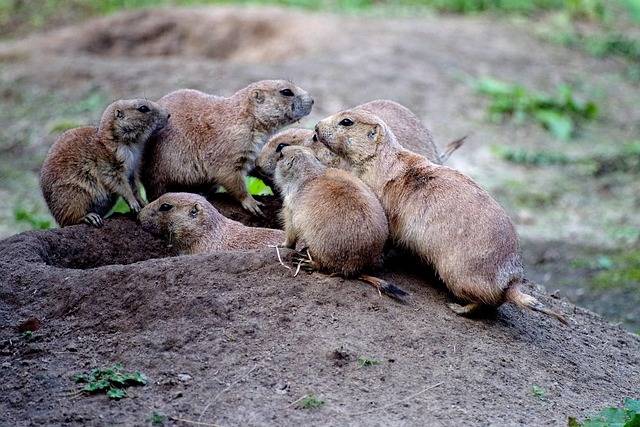In recent years, the impact of extreme weather events has become increasingly evident. Hurricanes, wildfires, floods, and heatwaves are not just weather phenomena; they are powerful reminders of our changing climate. As communities grapple with the immediate aftermath of these events, social cohesion emerges as a key factor in addressing both the challenges of extreme weather and the broader issue of climate change.
Social cohesion refers to the bonds that bring people together, fostering trust, collaboration, and mutual support within a community. In the face of climate-related disasters, communities with strong social ties tend to be more resilient. When disaster strikes, individuals who feel connected to their neighbors are more likely to engage in collective action, sharing resources, information, and emotional support. This is essential not only for recovery but also for future preparedness.
Consider the aftermath of a devastating flood. In tightly-knit communities, residents often come together to clean up debris, distribute food, and provide shelter for displaced families. These acts of solidarity not only facilitate immediate recovery but also reinforce communal bonds. When individuals work side by side, they build trust and create a shared sense of purpose, which is paramount as they face larger environmental challenges.
Moreover, social cohesion plays a critical role in mobilizing action against climate change itself. When citizens are united in their mission, they can advocate for policies that promote sustainability and resilience. Engaged communities can push local governments to implement better infrastructure, invest in renewable energy, and promote eco-friendly practices. This collective voice is powerful enough to influence decision-makers and inspire broader efforts towards climate justice.
In contrast, social fragmentation can lead to despair and disengagement. When individuals feel isolated or disconnected, they may struggle to see the relevance of collective action. This is particularly dangerous in the context of climate change, where large-scale collaboration is essential for meaningful progress. It’s not just about individual choices, but about fostering a culture of unity that can drive systemic change. Social cohesion empowers communities to not only face challenges but also to envision a sustainable future.
To cultivate social cohesion, we must intentionally foster environments where relationships can grow. This can include community-building initiatives, such as local events, workshops, and volunteer opportunities centered on environmental stewardship. Creating spaces for dialogue about climate issues can also bridge gaps between diverse community members, paving the way for more inclusive conversations about the future of our planet.
Furthermore, educational programs can equip individuals with the knowledge and skills needed to respond to and adapt to extreme weather events. When people understand the risks associated with climate change, they are more likely to come together to develop solutions. This might involve neighborhood preparedness plans, community gardens that promote food security, or initiatives that focus on eco-friendly transportation alternatives.
As we navigate the complexities of climate change and its accompanying extreme weather, it is imperative that we prioritize the cultivation of social cohesion. By embracing unity, we not only enhance our resilience in the face of adversity but also empower ourselves to take meaningful action against the looming threat of environmental degradation. Stronger, interconnected communities will serve as the backbone of a sustainable future, inspiring hope in an era where hope can sometimes feel scarce. Together, we can turn the tide against climate change through our shared commitment to each other and to our planet.




